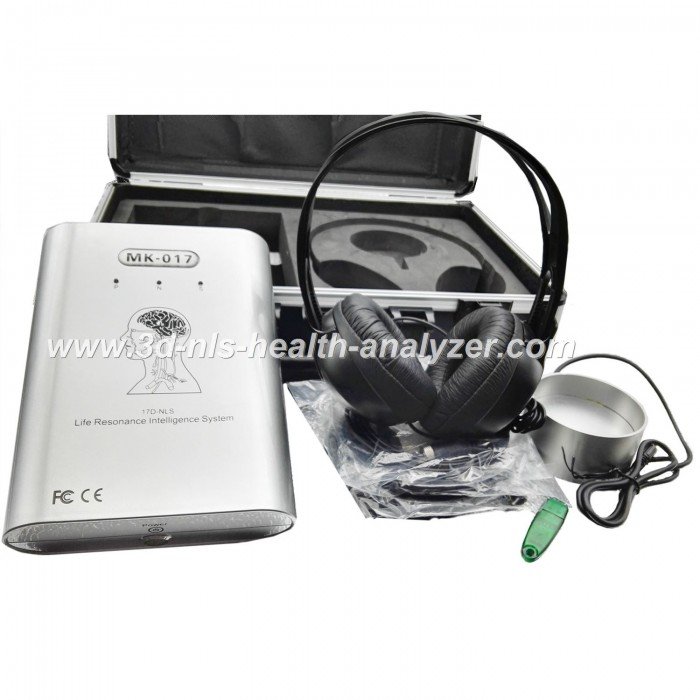is biofeedback real



Biofeedback:what,type,how?

What Is Biofeedback?
Biofeedback is a treatment technique in which people are trained to improve their health by using signals from their own bodies. Physical therapists use biofeedback to help stroke victims regain movement in paralyzed muscles. Psychologists use it to help tense and anxious clients learn to relax. Specialists in many different fields use biofeedback to help their patients cope with pain.
Chances are you have used biofeedback yourself. You’ve used it if you have ever taken your temperature or stepped on a scale. The thermometer tells you whether you’re running a fever, the scale whether you’ve gained weight. Both devices “feed back” information about your body’s condition. Armed with this information, you can take steps you’ve learned to improve the condition. When you’re running a fever, you go to bed and drink plenty of fluids. When you’ve gained weight, you resolve to eat less and sometimes you do.
Clinicians reply on complicated biofeedback machines in somewhat the same way that you rely on your scale or thermometer. Their machines can detect a person’s internal bodily functions with far greater sensitivity and precision than a person can alone. This information may be valuable. Both patients and therapists use it to gauge and direct the progress of treatment.
For patients, the biofeedback machine acts as a kind of sixth sense which allows them to “see” or “hear” activity inside their bodies. One commonly used type of machine, for example, picks up electrical signals in the muscles. It translates these signals into a form that patients can detect: It triggers a flashing light bulb, perhaps, or activates a beeper every time muscles grow more tense. If patients want to relax tense muscles, they try to slow down the flashing or beeping.
Like a pitcher learning to throw a ball across a home plate, the biofeedback trainee, in an attempt to improve a skill, monitors the performance. When a pitch is off the mark, the ballplayer adjusts the delivery so that he performs better the next time he tries. When the light flashes or the beeper beeps too often, the biofeedback trainee makes internal adjustments which alter the signals. The biofeedback therapist acts as a coach, standing at the sidelines setting goals and limits on what to expect and giving hints on how to improve performance

Types of Biofeedback
The three most common methods of biofeedback include:
- electromyography (EMG) biofeedback: measures muscle tension as it changes over time
- thermal or temperature biofeedback: measures body temperature changes over time
- electroencephalography: measures brain wave activity over time
Other types of biofeedback include:
- galvanic skin response training: measures the amount of sweat on your body over time
- heart variability biofeedback: measures your pulse and heart rate
How It Works
Electrical sensors that connect to a monitor will be hooked up to your body. The sensors measure one or more signs of stress. This can include heart rate, muscle tension, or body temperature. The measurements provide feedback about how your body responds to different stimuli.
A biofeedback therapist can teach you how to lower your heart rate through breathing exercises, relaxation techniques, and mental exercises. You can measure the results of these techniques and exercises on the monitor. This encourages more positive reactions and relaxation.
A typical biofeedback session lasts between 30 and 60 minutes. The number of sessions needed to resolve an issue will vary depending on a number of factors, including how quickly you learn to control your physical responses.
There are also commercial biofeedback devices available on the open market that are meant for home use. There are devices with handheld monitors and others that connect to your computer. However, you should be careful of scams. Be sure to check with your primary care provider before purchasing one of these devices. Not all manufacturers are reputable.

is biofeedback real or Fake?
Customer review
I normally use TWO SOURCES:
(1) Wikipedia:
Electro Physiological Feedback Xrroid – Wikipedia, the free encyclopedia
– but ignore the parts like “…discredited… resulted in death… world-side scam… not recognized as real…”
Hmmm… I guess that doesn’t leave much. I thought it previously had more of the beneficial stuff listed? Not sure what happened.
(2) A great review listing the technical benefits:
– again, ignore the obvious negative stuff like “…bogus… the harm the machine does… male patient diagnosed as pregnant & had testicular cancer… not a bio-feedback device..”
– Some Notes on the Quantum Xrroid (QXCI) and William C. Nelson
I own a biofeedback machine and I know one thing for a fact. if I run a virus/bacteria test on a sick patient, and 5 minutes later I’ll run it again (just to make sure), the results of the causes – virus/bacteria in the second test would be totally diferent…
Since there was no treatment betwee the tests I would expect to get the same results.. but that’s not nessecarily going to happen with the biofeedback .
Now, is it a scam? scientificaly speaking it is definetely a scam!
But, there are many practitioners who use it very successffuly, so who knows? is it really working? or maybe is’t just a placebo?


By the review,you know biofeedback is read or Scam?



Sale Cousultant : Mrs Lucy | Sale Consultant : Mr Mark |










